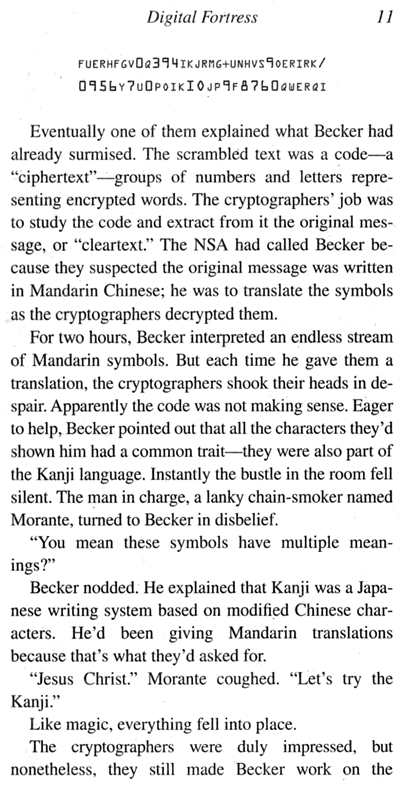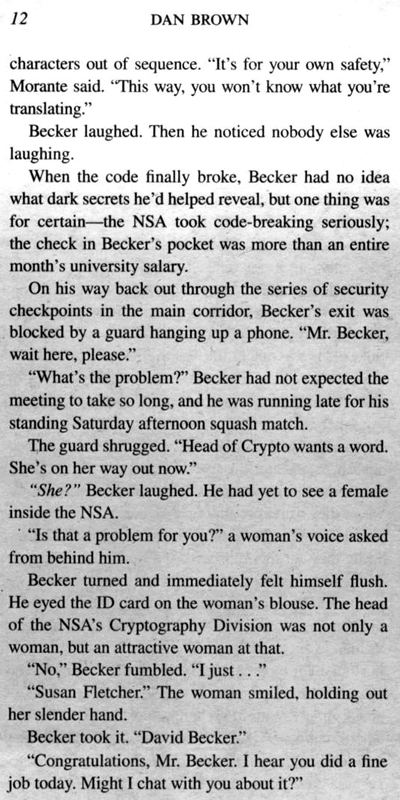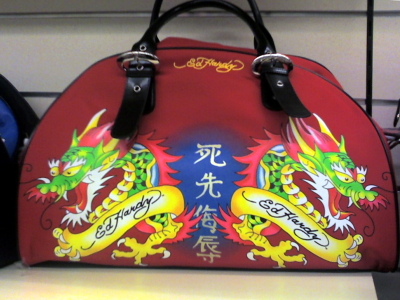Delighted to be able to say that MBT 2, Lamplighter has been shortlisted in the 2009 NSW (meaning New South Wales for the uninitiated) Premier's Literary Award's The Ethel Turner Prize for a work of fiction, non-fiction or poetry written for young people of secondary school level. The list of us all goes a little like this:
Dianne Bates - Crossing the Line
Michelle Cooper - A Brief History of Montmaray
D.M Cornish - Monster Blood Tattoo Book Two: Lamplighter
Alison Goodman - The Two Pearls of Wisdom
Nette Hilton - Sprite Downberry
Joanne Horrniman - My Candlelight Novel
I feel like a bit of an upstart occupying a list with such luminaries. VERY VERY gratified to be recognised in one the countries big awards, thank you so much to those that put me there. With all this good news I just might explode with joy... if, of course, my stupid character flaws would just stop getting in the way and spoiling the glee...
For all the shortlistings for the entire gamut of the NSW Premier's Awards for this year go here!
Dianne Bates - Crossing the Line
Michelle Cooper - A Brief History of Montmaray
D.M Cornish - Monster Blood Tattoo Book Two: Lamplighter
Alison Goodman - The Two Pearls of Wisdom
Nette Hilton - Sprite Downberry
Joanne Horrniman - My Candlelight Novel
I feel like a bit of an upstart occupying a list with such luminaries. VERY VERY gratified to be recognised in one the countries big awards, thank you so much to those that put me there. With all this good news I just might explode with joy... if, of course, my stupid character flaws would just stop getting in the way and spoiling the glee...
For all the shortlistings for the entire gamut of the NSW Premier's Awards for this year go here!


 17.15
17.15
 hadir untuk berbagi
hadir untuk berbagi
















